Introduction
Using clippers on wet hair is a topic of interest for many individuals who cut their hair at home. There are concerns about whether the performance of clippers is affected when used on wet hair. In this article, we will explore the potential impact of using clippers on wet hair, considering factors such as cutting efficiency, blade performance, and overall effectiveness. By understanding the specifics, individuals can make informed decisions about using clippers on wet hair.
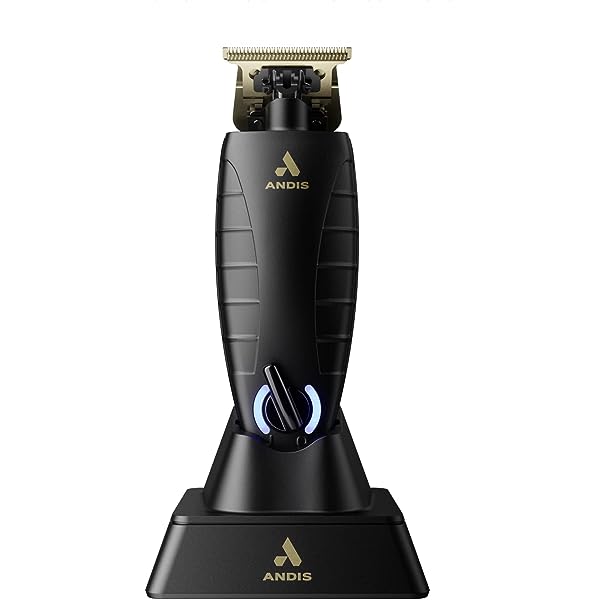
Does using a clipper on wet hair affect its performance?
Understanding the nature of clippers
Before delving into the effect of wet hair on clipper performance, it is important to understand the basic functioning and components of clippers. Consider the following factors:
Motor and power source: Clippers are powered by an electric motor that drives the movement of the blades. The power source can vary, including corded models that require an electrical outlet or cordless models that use rechargeable batteries.
Solution: Clippers are optimized for cutting dry hair, and the moisture content in wet hair can potentially affect their performance.
Potential impact of wet hair on clipper performance
When using clippers on wet hair, several factors can affect their performance. Consider the following aspects:
Cutting efficiency: Wet hair tends to be heavier and clump together, making it more challenging for the clippers to cut through smoothly. The increased weight and clumping can result in reduced cutting efficiency, potentially requiring more passes to achieve the desired length.
Blade performance: The moisture in wet hair can affect the movement of the blades. The water on the hair strands can create additional resistance, causing the blades to potentially pull or tug on the hair. This can result in an uneven cutting experience and may lead to discomfort or irritation.
Hair clogging: Wet hair can be more prone to clogging the blades of the clippers. The moisture in the hair can cause it to stick to the blades, reducing their cutting effectiveness and requiring frequent cleaning during the haircutting process.
Solution: Wet hair can negatively impact clipper performance by reducing cutting efficiency, affecting blade movement, and increasing the risk of hair clogging.
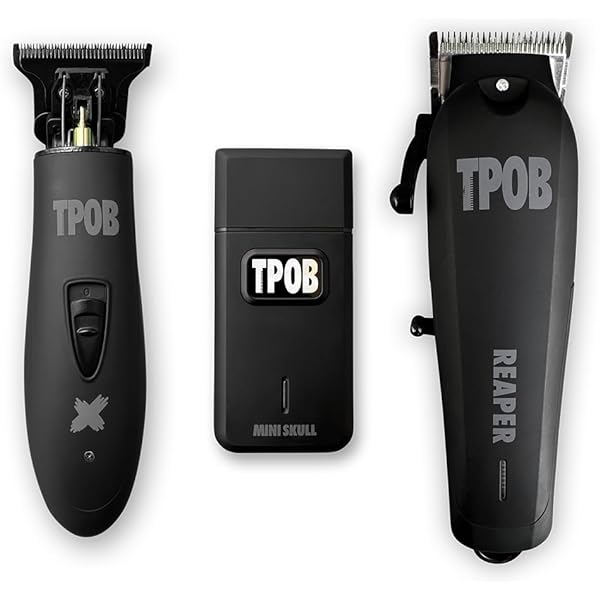
Considerations for using clippers on wet hair
While wet hair can affect clipper performance, there may be certain circumstances where using clippers on wet hair is necessary or preferred. Consider the following factors to make an informed decision:
Hair thickness and texture: Individuals with thin or fine hair may experience more challenges when using clippers on wet hair due to the increased weight and clumping. Conversely, individuals with thick or coarse hair may find that using clippers on wet hair produces satisfactory results.
Hair length: The length of the hair can also influence the impact of using clippers on wet hair. Longer hair tends to clump together more when wet, potentially affecting the performance of the clippers. Shorter hair may be less prone to clumping and can yield better results when using clippers on wet hair.
Desired haircut style: The desired haircut style can also play a role in determining whether using clippers on wet hair is suitable.
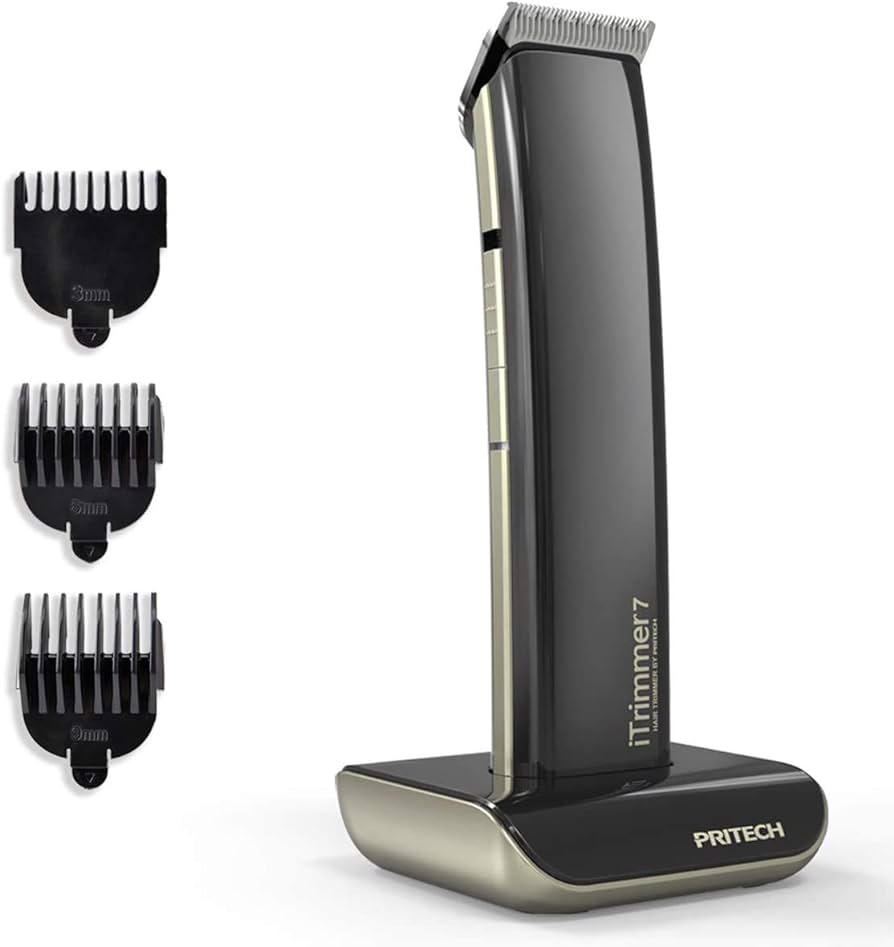
Best practices for using clippers on wet hair
If you decide to use clippers on wet hair, following specific practices can help optimize their performance and minimize potential issues. Consider the following recommendations:
Partial drying: Before using the clippers, it is beneficial to partially dry the hair using a towel or a hairdryer on a low heat setting. Removing excess moisture can help reduce the weight and clumping of the hair, improving the cutting efficiency of the clippers.
Hair sectioning: Dividing the wet hair into smaller sections can make it more manageable for the clippers and reduce the risk of uneven cutting. This allows the clippers to work more effectively and achieve consistent results.
Lubrication: Applying a light layer of hair clipper oil or spray to the blades before using them on wet hair can help reduce friction and enhance their cutting performance. This can help minimize potential pulling or tugging on the hair.
Regular cleaning: Wet hair can be more prone to clogging the blades, so it is important to regularly clean the clippers during the haircutting process. This ensures optimal cutting performance and helps prevent any hair residue from interfering with the blade movement.
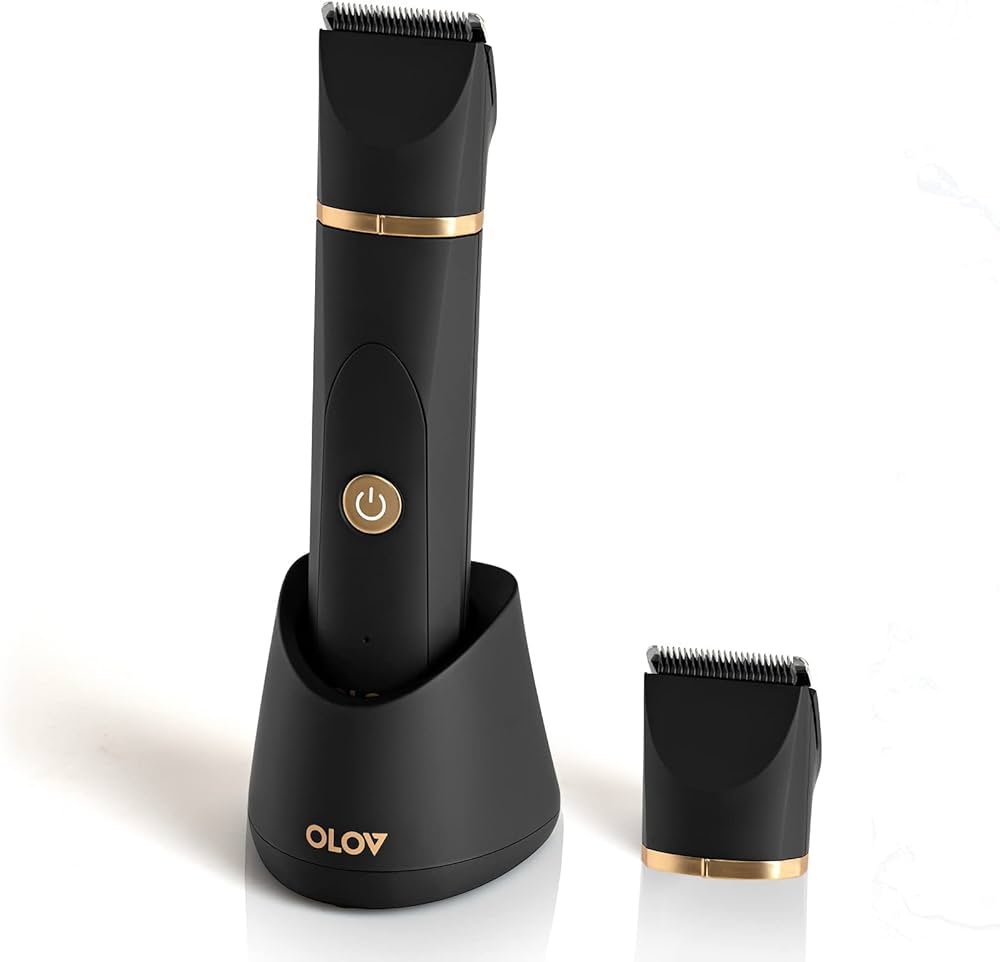
Alternatives to using clippers on wet hair
Considering the potential challenges and impact on clipper performance when using them on wet hair, individuals may explore alternative options for cutting their hair. Consider the following alternatives:
Scissors: Scissors are a traditional tool for cutting hair and are well-suited for use on wet hair. They offer greater control, precision, and flexibility, allowing individuals to achieve desired hair lengths and styles. Using scissors on wet hair can result in more even and accurate cutting.
Professional assistance: When in doubt or seeking a more professional haircut, it is advisable to seek the assistance of a hairstylist or barber. Professionals have expertise in cutting wet hair and can employ appropriate techniques and tools to achieve the desired results. They can provide guidance on the best approach for cutting wet hair and help tailor the haircut to individual preferences.
Solution: Opting for scissors or seeking professional assistance are preferable alternatives to using clippers on wet hair, ensuring better cutting results and minimizing potential issues.
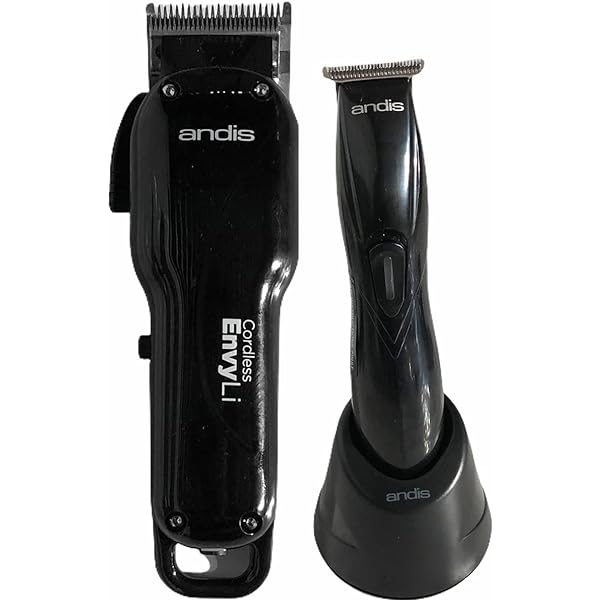
Conclusion
Using clippers on wet hair can potentially impact their performance due to factors such as reduced cutting efficiency, affected blade movement, and increased hair clogging. Clippers are optimized for cutting dry hair, and wet hair can present challenges that affect the quality of the haircut. However, there may be circumstances where using clippers on wet hair is necessary or preferred. If you decide to use clippers on wet hair, following recommended practices such as partial drying, hair sectioning, lubrication, and regular cleaning can help optimize their performance and minimize potential issues. It is important to consider the thickness and texture of the hair, the desired haircut style, and personal preferences when making a decision. By understanding the potential impact of wet hair on clipper performance and implementing appropriate practices, individuals can achieve satisfactory results when using clippers on wet hair.
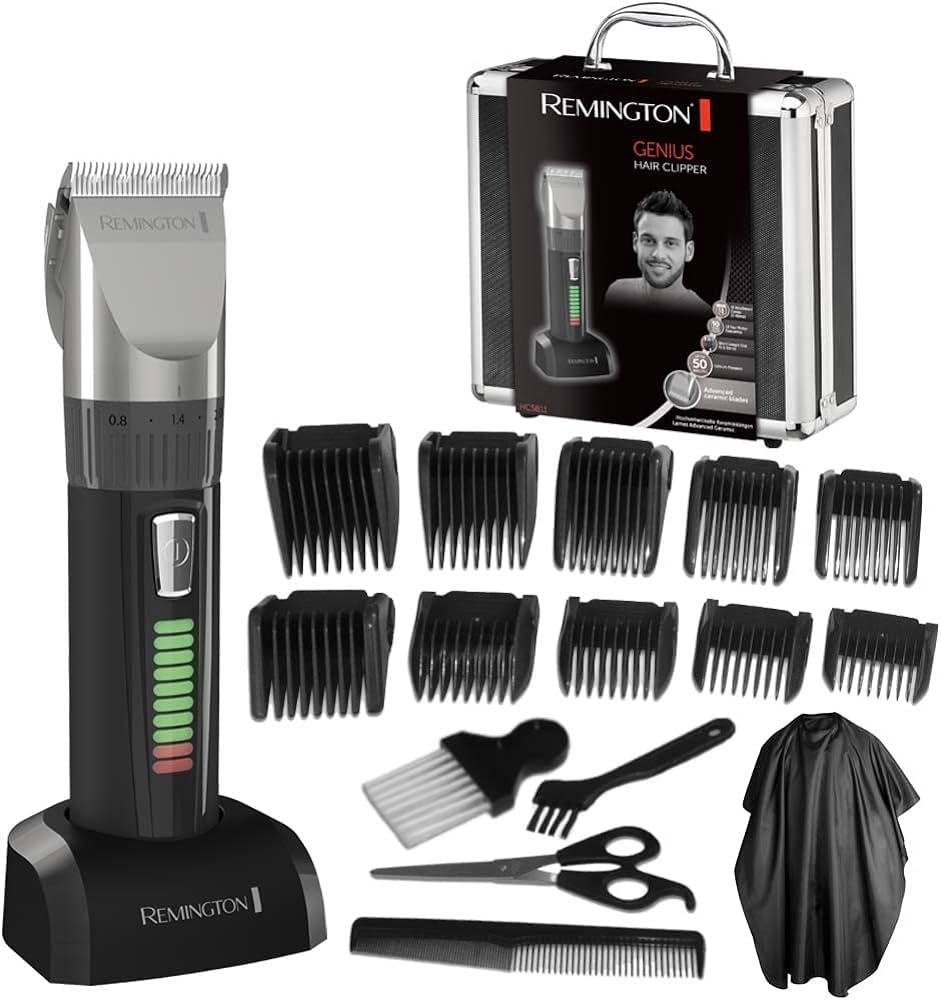
Leave a Reply